Understanding Consensus Mechanisms in Blockchain Technology: A Comprehensive Guide
Blockchain technology has gained significant attention in recent years, with promises of security, transparency, and decentralization. At the core of this technology lies the concept of consensus mechanisms. Consensus mechanisms ensure that all participants in a blockchain network agree on the state of the ledger, making it an integral part of blockchain’s functionality. In this comprehensive guide, we will explore the fundamental concepts behind consensus mechanisms, their different types, and their role in securing blockchain networks.
What is Consensus in Blockchain?
Consensus, in the context of blockchain, refers to the process through which all participants in a decentralized network agree on the validity and ordering of transactions. Unlike traditional centralized systems where a central authority validates and approves transactions, blockchain networks rely on a consensus mechanism to achieve agreement across multiple nodes.
Consensus mechanisms are crucial in ensuring the integrity and security of distributed ledgers. They prevent malicious actions, such as double-spending and tampering with transactions, by establishing a trustless environment where participants reach an agreement independently.
Different Types of Consensus Mechanisms
1. Proof of Work (PoW):
Proof of Work is the consensus mechanism famously used in Bitcoin and many other cryptocurrencies. In this mechanism, participants, known as miners, compete to solve complex mathematical puzzles to validate and add new blocks to the blockchain. The first miner to solve the puzzle earns the right to add the block and is rewarded with digital currency. PoW is resource-intensive as it requires significant computational power, making it robust against attacks but energy-consuming.
2. Proof of Stake (PoS):
Proof of Stake is an alternative consensus mechanism that aims to overcome the resource-intensive nature of PoW. In PoS, validators are selected to create new blocks based on the number of coins they hold and “stake” in the network. Validators are chosen randomly, proportional to their stake, and add new blocks without competing against each other. PoS reduces energy consumption but introduces the potential issue of wealth concentration.
3. Delegated Proof of Stake (DPoS):
Delegated Proof of Stake is a variant of PoS that introduces a layer of delegation. Instead of all stakeholders validating and adding blocks, DPoS relies on a group of delegates elected by token holders. These delegates are responsible for validating transactions and adding blocks to the chain on behalf of the broader community. DPoS brings more scalability to blockchain networks by reducing the number of validators but raises concerns of centralization due to the concentrated power within a limited number of delegates.
4. Practical Byzantine Fault Tolerance (PBFT):
PBFT is a consensus mechanism suitable for private, permissioned blockchain networks. It is based on a voting system where a predetermined number of nodes, called replicas, reach an agreement on the validity of transactions. PBFT provides faster consensus compared to PoW and PoS mechanisms, but it requires the network to trust a majority of the nodes, making it less suitable for fully decentralized public blockchains.
5. Proof of Authority (PoA):
Proof of Authority is another consensus mechanism designed for private blockchains, where a limited number of known and trusted nodes are responsible for validating transactions and adding blocks. Validators’ identities are established and known, reducing the risk of malicious actors. PoA is faster and more energy-efficient than PoW but sacrifices decentralization for higher scalability.
Role of Consensus Mechanisms in Blockchain Security
Consensus mechanisms play a vital role in maintaining the security and integrity of blockchain networks. By ensuring agreement among participants, they prevent the network from being susceptible to attacks, manipulation, and fraud. The chosen consensus mechanism should strike a balance between security, scalability, decentralization, and energy consumption, depending on the specific requirements of the blockchain implementation.
Frequently Asked Questions (FAQs):
Q1. Which consensus mechanism is the best?
Choosing the right consensus mechanism depends on the specific requirements of the blockchain network. Proof of Work (PoW) is the most battle-tested and secure mechanism but has high energy consumption. Proof of Stake (PoS) is more energy-efficient but introduces potential wealth concentration. Delegated Proof of Stake (DPoS) offers scalability but raises concerns about centralization. Practical Byzantine Fault Tolerance (PBFT) and Proof of Authority (PoA) are suitable for private blockchains. Each mechanism has its trade-offs, and the choice depends on the desired balance of network characteristics.
Q2. Can consensus mechanisms be changed?
In some blockchain networks, consensus mechanisms can be changed through a hard fork, where the rules of the network are modified. However, changing the consensus mechanism involves significant coordination and consensus among network participants and may lead to network splits and divergent blockchains.
Q3. How does consensus affect transaction speed?
Consensus mechanisms directly influence the transaction speed in a blockchain network. Mechanisms like Proof of Work (PoW) and Proof of Stake (PoS) involve complex computations or random selection, leading to slower transaction speeds. Delegated Proof of Stake (DPoS), Practical Byzantine Fault Tolerance (PBFT), and Proof of Authority (PoA) provide faster transaction speeds by reducing computational complexity or relying on a limited number of trusted validators.
Q4. How does consensus impact blockchain scalability?
The choice of consensus mechanism greatly affects blockchain scalability. Mechanisms like Proof of Work (PoW) require all nodes to validate transactions, leading to slower scalability as the network grows. Proof of Stake (PoS) and Delegated Proof of Stake (DPoS) offer higher scalability by reducing the number of validators. Practical Byzantine Fault Tolerance (PBFT) and Proof of Authority (PoA) provide fast and scalable consensus but sacrifice decentralization.
In conclusion, consensus mechanisms are the backbone of blockchain technology, ensuring secure and transparent transactions without the need for intermediaries. Various consensus mechanisms, such as Proof of Work (PoW), Proof of Stake (PoS), and Delegated Proof of Stake (DPoS), have their unique strengths and weaknesses. Choosing the right mechanism requires careful consideration of factors like security, scalability, decentralization, and energy consumption. As blockchain technology continues to evolve, consensus mechanisms will undoubtedly play a critical role in shaping its future applications.
More in this category ...
Ripple companions with SBI Group and HashKey DX for XRPL answers in Japan

April sees $25M in exploits and scams, marking historic low ― Certik

MSTR, COIN, RIOT and different crypto shares down as Bitcoin dips

EigenLayer publicizes token release and airdrop for the group

VeloxCon 2024: Innovation in knowledge control

Successful Beta Service release of SOMESING, ‘My Hand-Carry Studio Karaoke App’

Dogwifhat (WIF) large pump on Bybit after record reasons marketplace frenzy
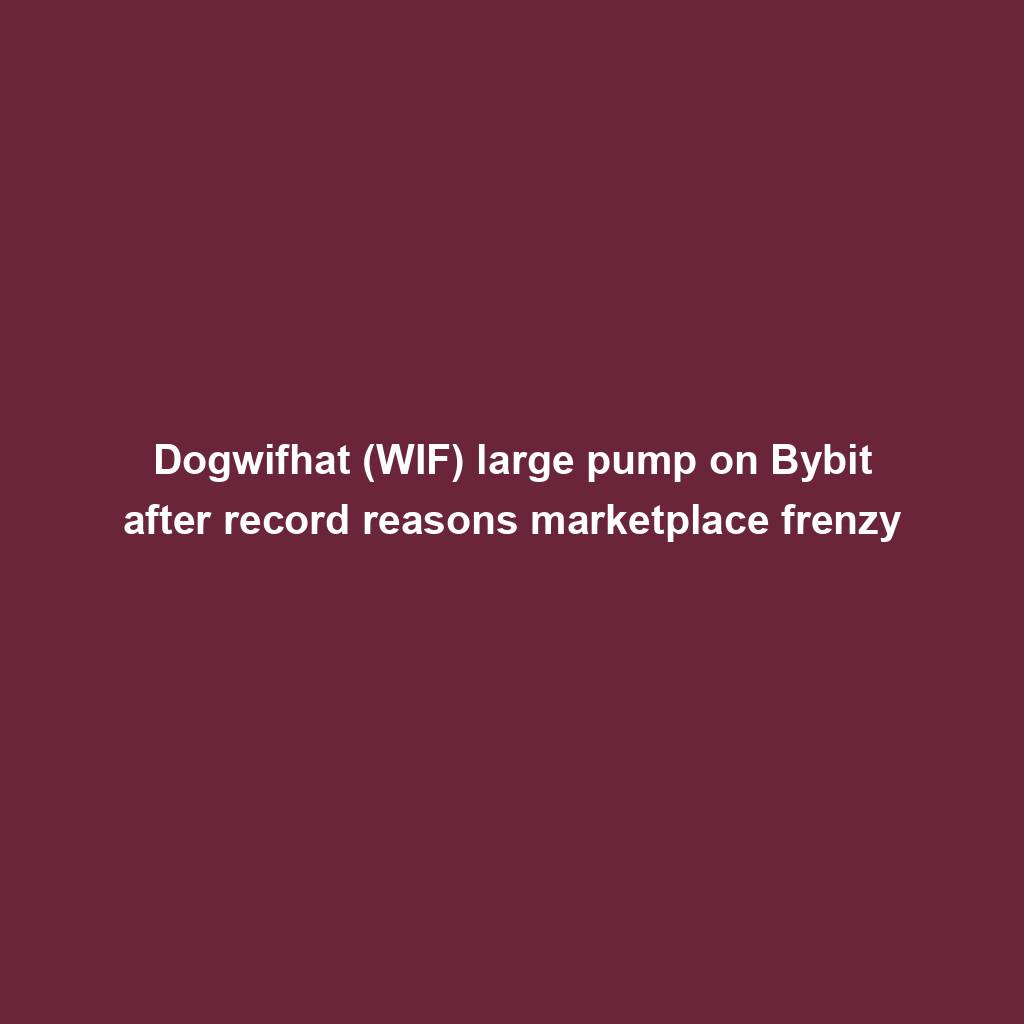
How fintech innovation is riding virtual transformation for communities around the globe

Wasabi Wallet developer bars U.S. customers amidst regulatory considerations

Analyst Foresees Peak In Late 2025
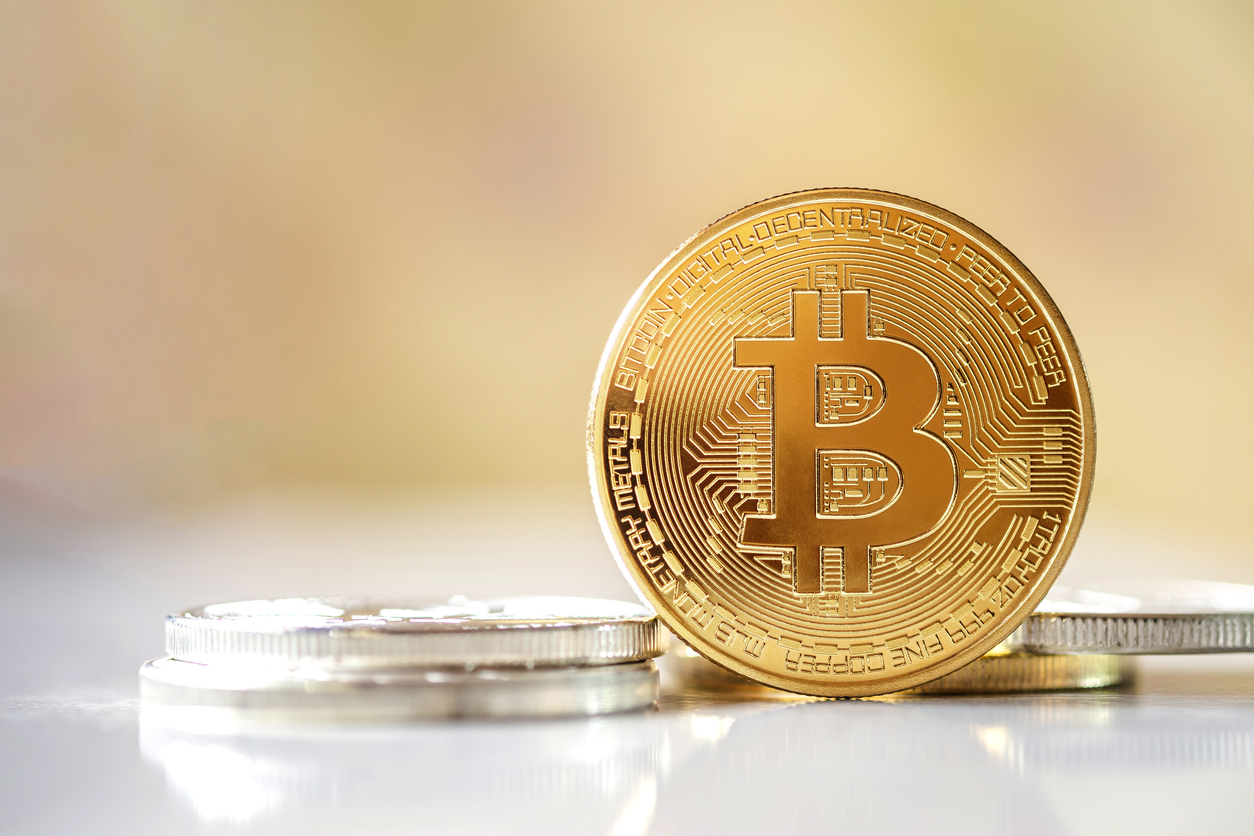
Solo Bitcoin miner wins the three.125 BTC lottery, fixing legitimate block
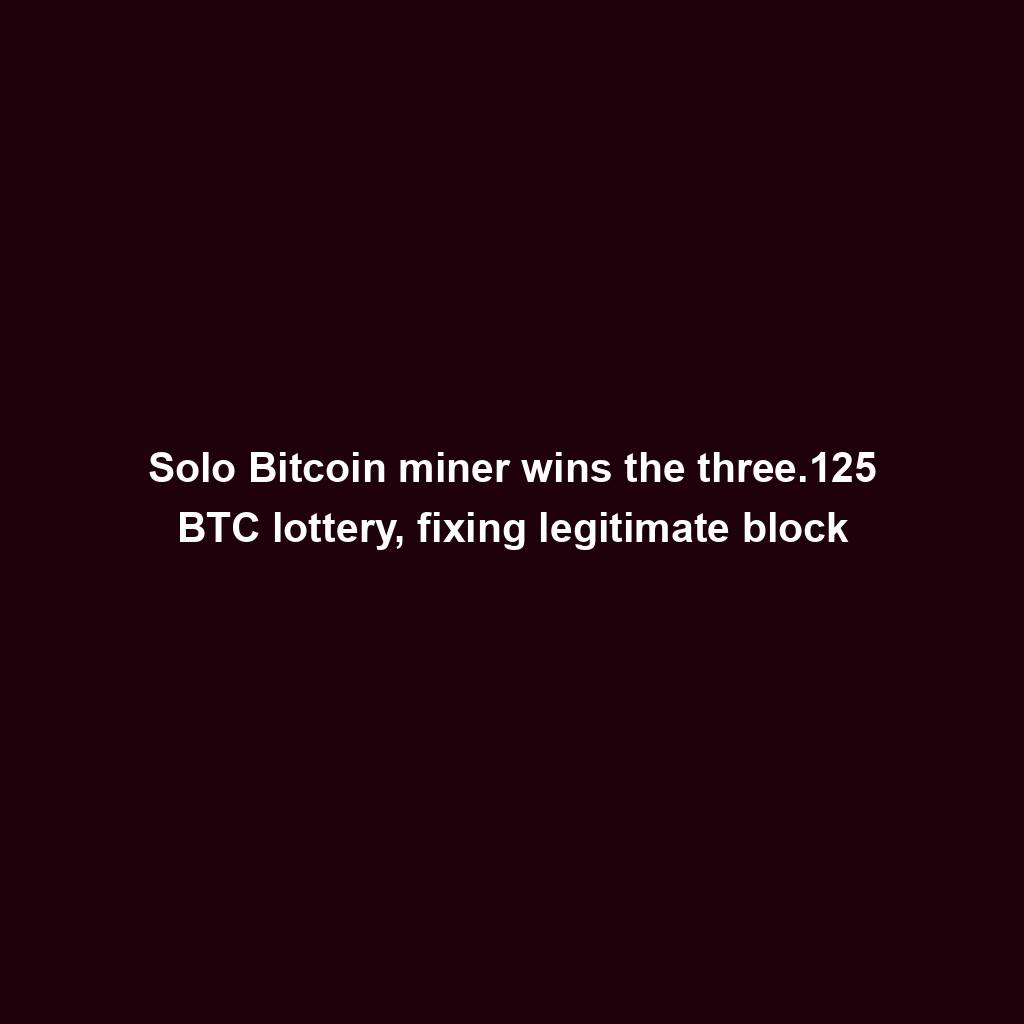
Ace Exchange Suspects Should Get 20-Year Prison Sentences: Prosecutors
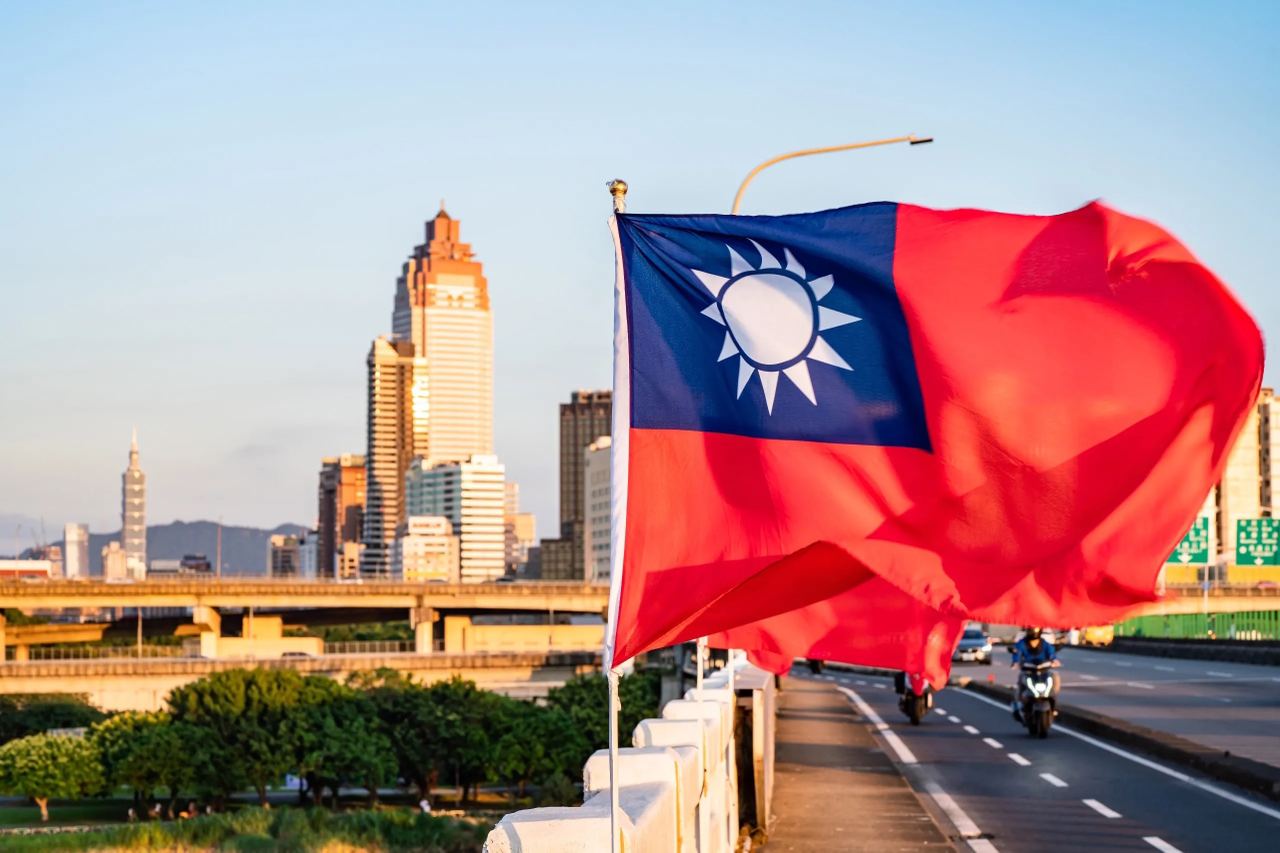
Google Cloud's Web3 portal release sparks debate in crypto trade

Bitcoin Primed For $77,000 Surge

Bitbot’s twelfth presale level nears its finish after elevating $2.87 million

PANDA and MEW bullish momentum cool off: traders shift to new altcoin

Commerce technique: Ecommerce is useless, lengthy are living ecommerce

Republic First Bank closed by way of US regulators — crypto neighborhood reacts

China’s former CBDC leader is beneath executive investigation

Bigger isn’t all the time higher: How hybrid Computational Intelligence development permits smaller language fashions

Pantera Capital buys extra Solana (SOL) from FTX
Successful Beta Service release of SOMESING, ‘My Hand-Carry Studio Karaoke App’

SEC sues Bitcoin miner Geosyn Mining for fraud; Bitbot presale nears $3M

Business procedure reengineering (BPR) examples

85% Of Altcoins In “Opportunity Zone,” Santiment Reveals
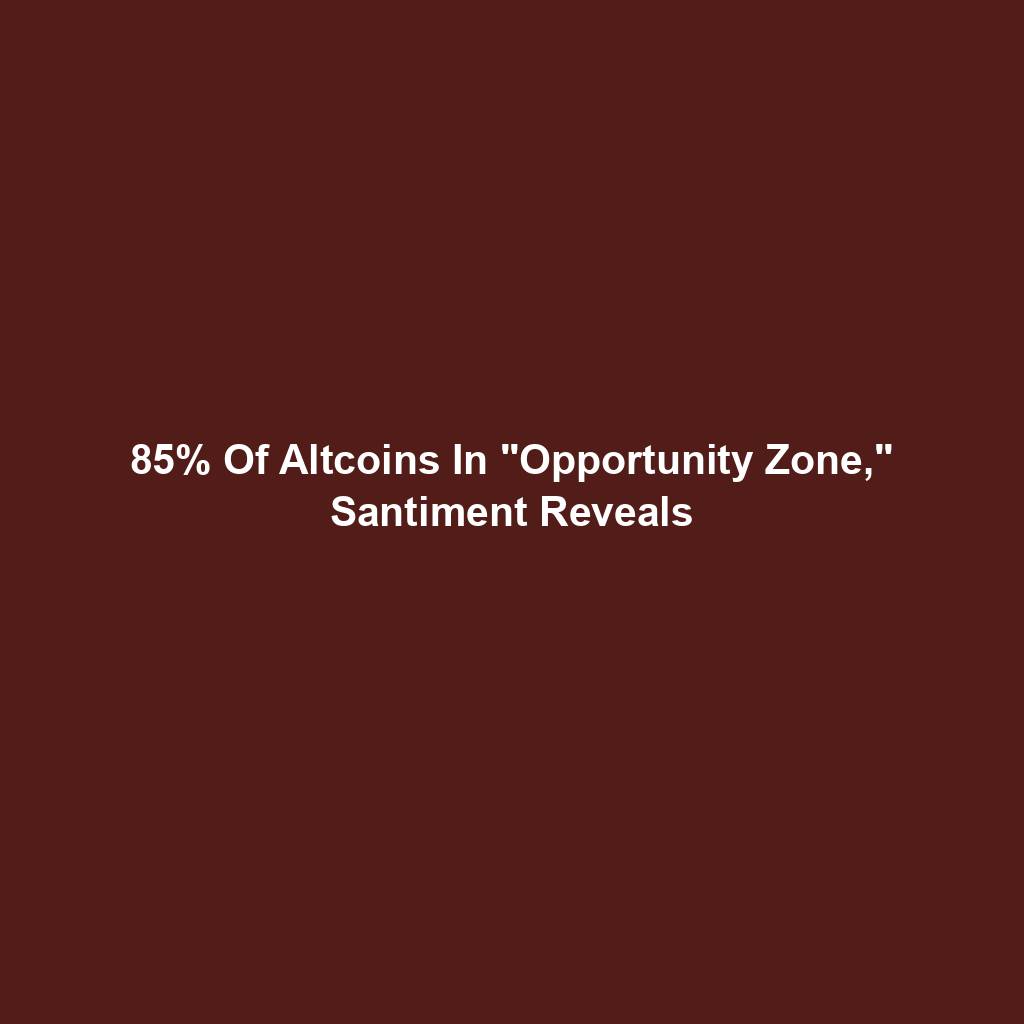
Sam Altman’s Worldcoin eyeing PayPal and OpenAI partnerships

Artificial Intelligence transforms the IT strengthen enjoy
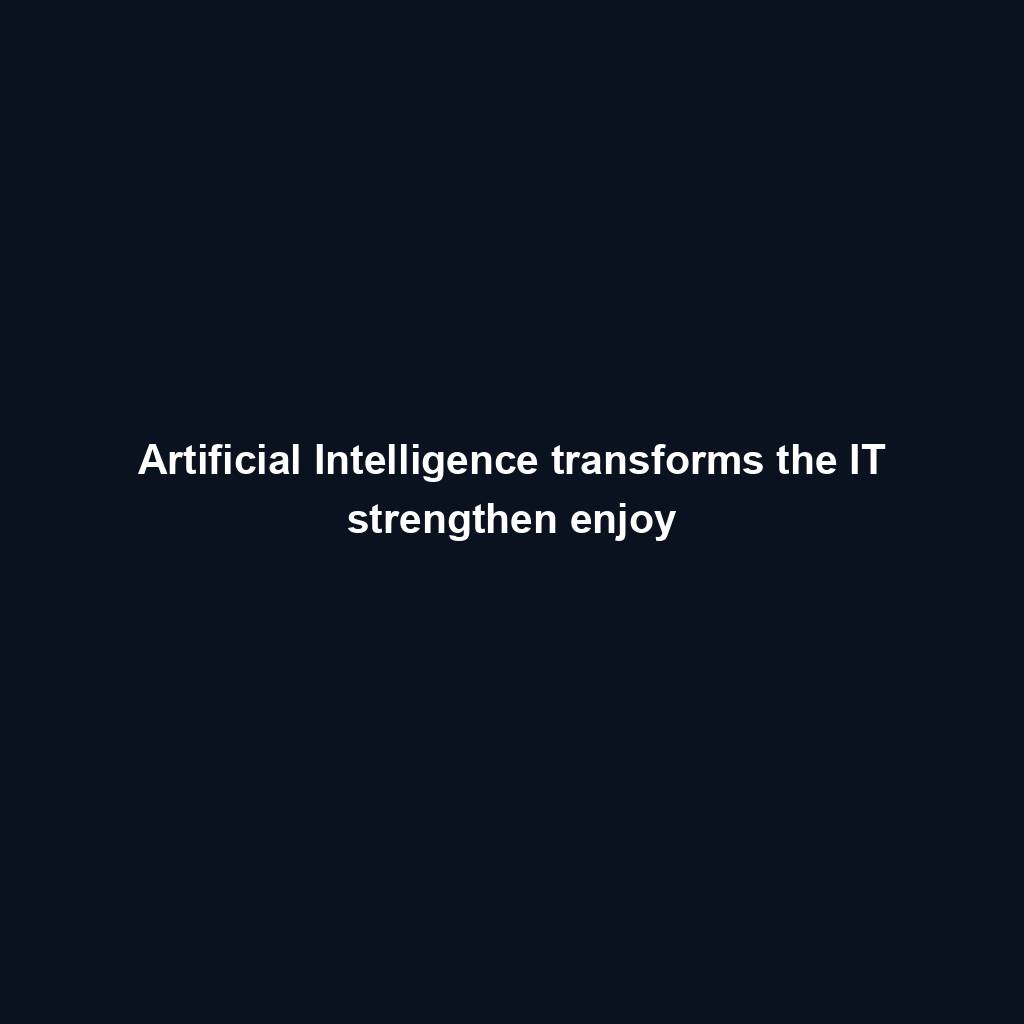
Franklin Templeton tokenizes $380M fund on Polygon and Stellar for P2P transfers
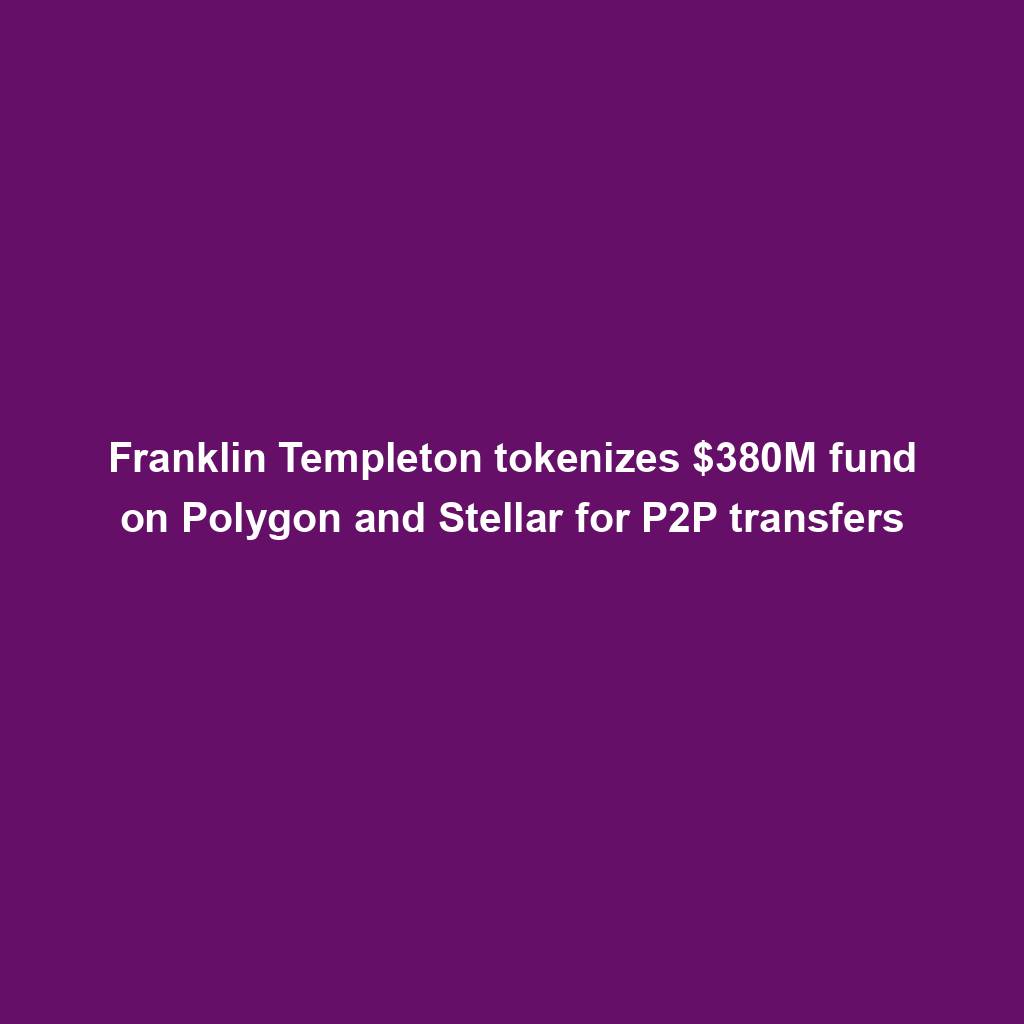
Meta’s letting Xbox, Lenovo, and Asus construct new Quest metaverse {hardware}

Shiba Inu (SHIB) unveils bold Shibarium plans as Kangamoon steals the display
